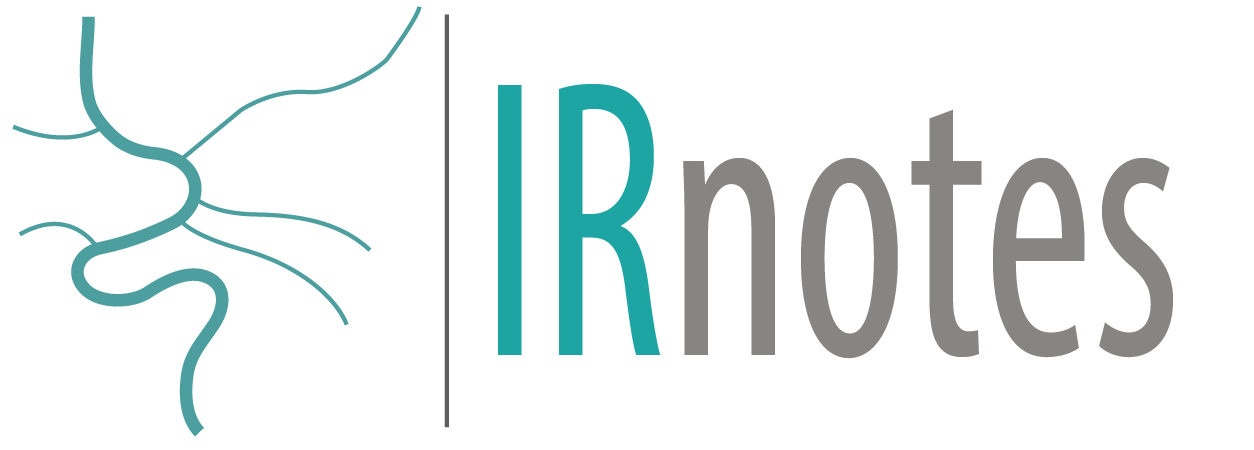General preparation for procedures
INFORMATION ABOUT THE PATIENT
- Determine if patient can give consent – if not, who gives consent? Get their name and contact info
- Patient name, age, gender, diagnosis, procedure requested, referring MD name and contact #
IMAGING STUDIES
- For BIOPSY and DRAINAGE: MD must review diagnostic study before appointment is scheduled
- Images should be uploaded to PACS
- PAMF PACS (iSite) - preferred
- ECH PACS (Syngo) – if not enough time for iSite upload
- If everything fails and outside study available, then give CD to PA
INSTRUCTIONS TO THE PATIENT
- Nothing by mouth after midnight (except medications with small sips of water up to 2 hrs pre-procedure)
- Bring full list of current medications and allergies
- If “shellfish” allergy – NO preparation needed
- If “iodine” or allergy to “dye” or “contrast,” document what type of reaction (itching/hives, shortness of breath, problems with blood pressure or heart). Some patients with bad kidney function have been told to avoid iodinated contrast, but they are not allergic.
- If patient has a true allergy to iodinated contrast discuss with IR physician or PA
- Must have a ride home if same-day procedure
- Bring clothes and supplies including reading materials if procedure may require overnight stay
PREOP LABS
- Patients with liver disease/liver tumor and or biliary tubes also need LFTs
- This should be noted in the scheduling calendar notes (eg. PATIENT HAD LABS DRAWN IN THE CLINIC
- Patients seen in clinc will have labs done in clinic on the day of the consult or before the procedure
- Standard preoperative labs include: CBC, Chem basic, INR
TRANSFUSION GUIDELINES
- INR >1.6 - give 2 units of FFP
- Platelets < 50k - give at least 1 pack of platelets
- Hg < 7 - give 2 units of PRBC
IV FLUIDS
- IV and fluids (at 75ml/hour) started in all patients except CONTRAINDICATIONS
- CONTRAINDICATIONS TO IV FLUIDS: Renal failure on dialysis
- CHF
- NO IV in any dialysis patient for Dialysis Access “fistulogram,” angioplasty, stenting, or declot
- NO IV in any dialysis patient for removal, exchange, or placement of tunneled dialysis catheter (TDC)
OTHER
- Ideally all patients should be called 1-2 days after the procedure to see how they are doing.
- Patient should have prescriptions sent to their pharmacy if possible before the procedure
- Blood thinners
- Should be stopped in most procedures
